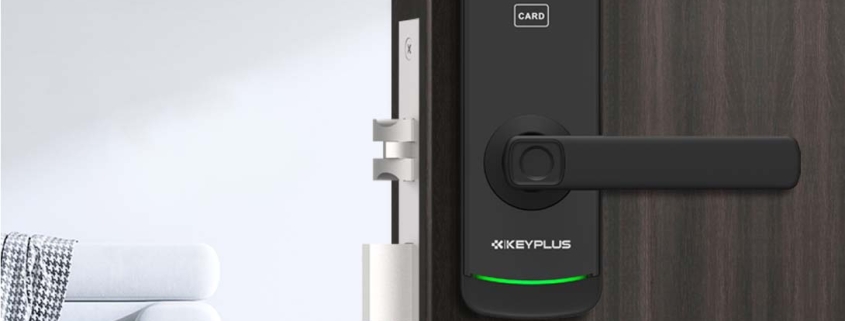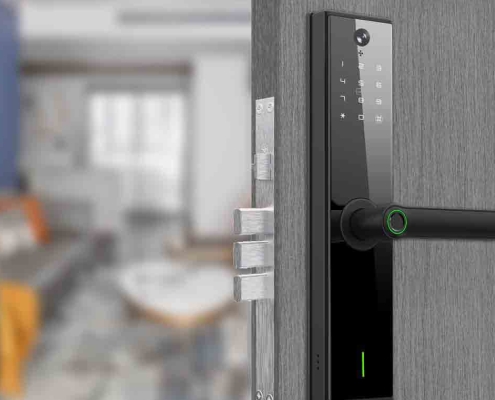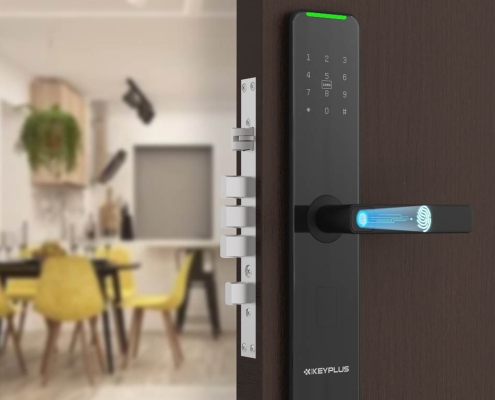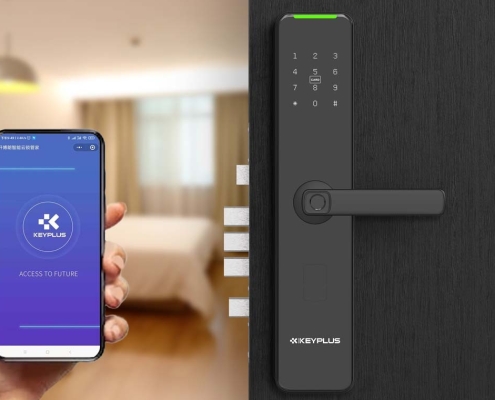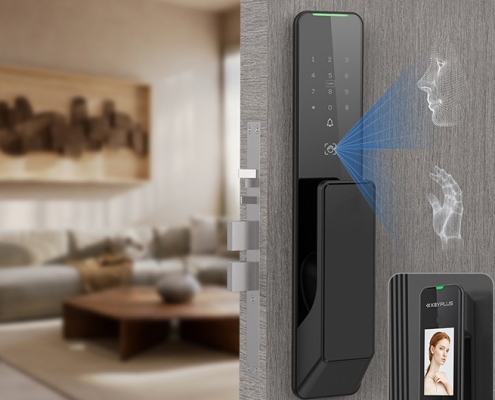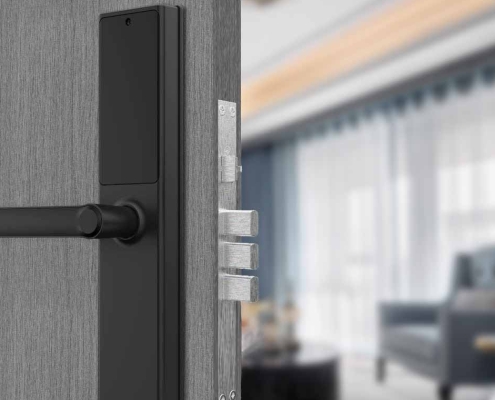What happens to smart locks when power goes out?
Smart locks provide convenience, security, and keyless entry—until the power goes out. For homeowners and renters relying on these devices, understanding how they function during a blackout is crucial.
Unlike traditional locks, smart locks depend on electricity, either from batteries or home wiring. When the power fails, their behavior depends on their design, backup mechanisms, and maintenance. This article explains what happens to smart locks during outages, how to ensure continued access, and best practices for avoiding lockouts.
1. How Smart Locks Work Without Power
Most smart locks are battery-powered, meaning they operate independently of your home’s electrical system. However, some high-end models may be hardwired with a battery backup. Here’s how they function during a blackout:
A. Battery-Powered Smart Locks
-
Continue working normally—Since they don’t rely on home electricity, they remain functional as long as their batteries have charge.
-
Low-battery warnings—Many models beep, flash an LED, or send app notifications when batteries are running low.
-
Sudden failure risk—If batteries die completely, the lock may stop responding until they’re replaced.
B. Hardwired Smart Locks with Backup Batteries
-
Switch to battery mode—If connected to home power, they automatically switch to backup batteries when the grid fails.
-
Limited runtime—Backup batteries typically last hours or days, depending on usage.
-
Recharge needed—Once power returns, the batteries recharge for future outages.
C. Data and Settings Retention
Smart locks store access codes, fingerprints, and user permissions in non-volatile memory, meaning they won’t be erased during a power loss. However, internet-connected features (remote access, live logs) may stop working if Wi-Fi is down.
2. Emergency Access Methods When Power Fails
If your smart lock loses power, you still have ways to get inside. Manufacturers include backup options for such situations.
A. Physical Key Override
-
Standard in most smart locks—A hidden keyhole allows entry with a traditional key.
-
Best practice: Keep a spare key in a secure location (e.g., a trusted neighbor, a lockbox, or your car).
B. External Battery Power (USB Ports)
-
Some smart locks have a USB-C or micro-USB port for emergency power.
-
A portable power bank can temporarily power the lock, letting you enter and replace batteries.
C. Manual Override (For Keyless Models)
-
A few smart locks have emergency release mechanisms, such as a hidden button or a mechanical lever inside.
-
Check the user manual for specific instructions.
D. Professional Locksmith Assistance
-
If all else fails, a locksmith can help—but ensure they’re experienced with smart locks.
-
Some high-security locks require specialized tools, so avoid DIY methods that could damage the lock.
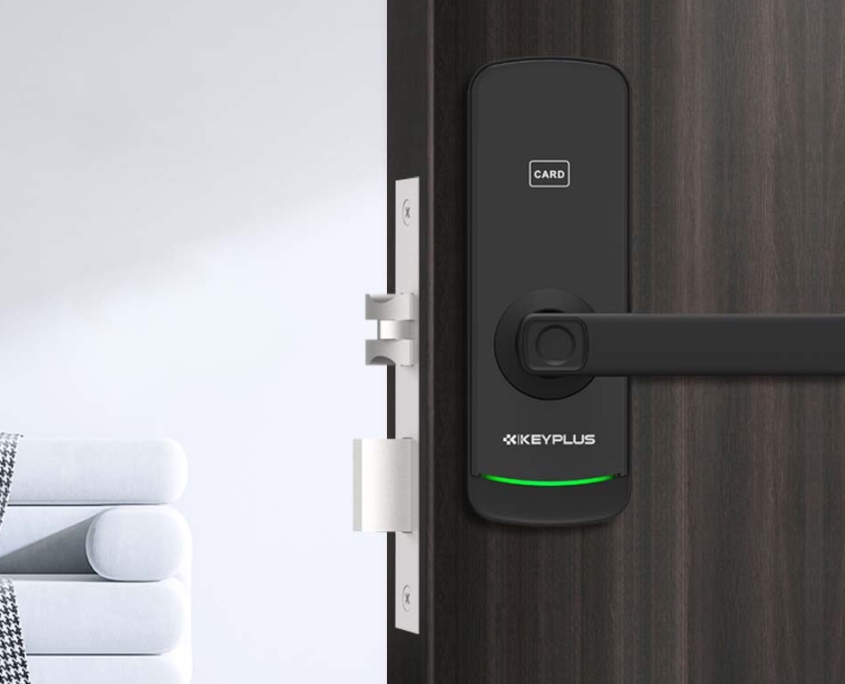
3. Preventing Smart Lock Failures During Outages
Proactive maintenance ensures your smart lock remains reliable, even during extended blackouts.
A. Battery Maintenance
-
Replace batteries every 6–12 months, even if they seem fine.
-
Use high-quality lithium batteries—they last longer in extreme temperatures.
-
Keep spare batteries in an easily accessible place.
B. Regular Testing
-
Test the key override every few months to ensure it works.
-
Check the USB power port with a portable charger to confirm emergency access.
C. Smart Home & Wi-Fi Considerations
-
If your lock relies on Wi-Fi, a router backup (UPS unit) keeps remote access functional.
-
Bluetooth-enabled locks still work offline, as they connect directly to your phone.
D. Weatherproofing
-
Extreme cold can drain batteries faster.
-
If your lock is exposed to rain or snow, ensure it’s properly sealed to prevent malfunctions.
4. Smart Locks vs. Traditional Locks in Power Outages
| Feature | Smart Lock | Traditional Lock |
|---|---|---|
| Power Dependency | Needs batteries or electricity | No power required |
| Emergency Access | Key override, USB power, or manual release | Always works with key |
| Remote Access | Stops working if Wi-Fi is down | N/A |
| Battery Life | 6–12 months (varies by model) | N/A |
| Risk of Lockout | Possible if unprepared | Only if key is lost |
Verdict: Smart locks are convenient but require backup plans, while traditional locks are simpler but lack advanced features.
5. Final Recommendations for Smart Lock Users
To avoid being locked out during a power outage:
Always have a backup key stored in a safe place.
Replace batteries proactively—don’t wait for warnings.
Test emergency methods (USB power, manual override) regularly.
Consider a UPS for Wi-Fi routers if remote access is critical.
Choose a model with reliable backup options when buying a smart lock.
Conclusion
Smart locks are highly convenient but require preparation for power outages. By understanding their limitations, maintaining batteries, and knowing emergency access methods, you can ensure uninterrupted entry even during blackouts.
If you rely on smart locks, treat them like any other tech-dependent device: have a backup plan. With the right precautions, you can enjoy keyless convenience without the fear of being locked out when the power goes down.

